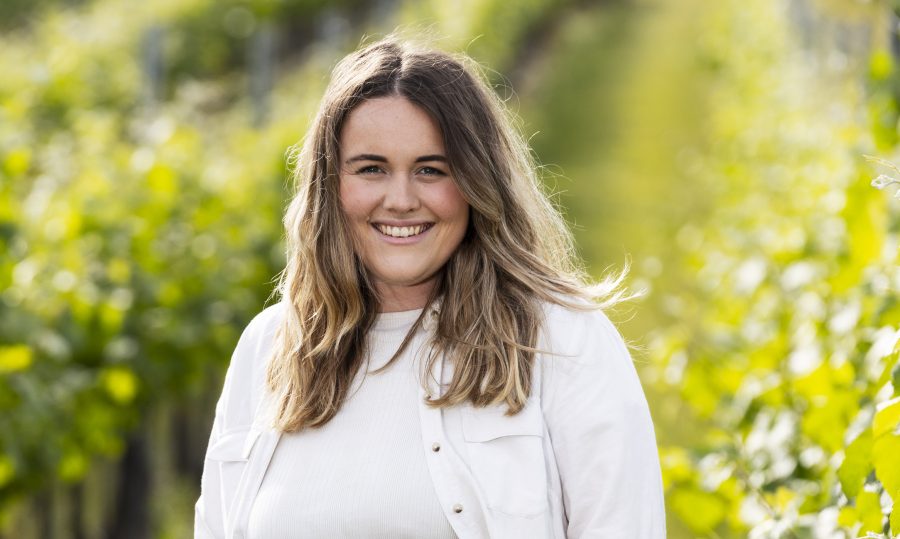For top fruit growers
August is the time for many top fruit growers to catch their breath before preparing for harvest. The key word for this year’s fruit set is “variable”. Some varieties didn’t enjoy a prolonged early season flowering period, and although benefitting some growers by reducing thinning costs, there has been a large natural drop in some places. As a general observation, blocks containing one variety haven’t seen as good a pollination and fruit set as those with mixed variety orchards.
We have experienced a disappointing pear crop for the past couple of years and this year is no exception. Returning fruit bud for next year is also looking poor. This may be because we aren’t experiencing high enough light levels in the summer to form the following year’s fruit or because trees are not exposed to enough winter chill hours due to more temperate winters; more research is needed in this area before we can be certain.
Now is the time to think about applying storage sprays, particularly as we had a wet blossom period which may cause an increase in nectria eye rot, as well as maintaining calcium applications to firm up the fruit.
Don’t take your eye off the ball when it comes to moth control. In the South East we have seen huge counts of tortrix species over a prolonged period. Damage can hit in the late part of the season, especially with the late harvest varieties. Many moth control products have short harvest intervals (HI) so consider using Indoxacarb (7-day HI) or Granulosis virus (0-day HI) as a biological approach.
In the vineyard
We observed a quick flowering period this year, probably due to the short spell of warmer weather directly before, and during, flowering. For flowers to stick and produce berries, pollen germination requires consistently warm temperatures; no lower than 20°C. On average only 30% to 40% of flowers will develop into berries.
After fruit set you can estimate yields by walking in a W-shaped pattern and assessing four to five bays per variety or clone. Count the number of inflorescences (commonly known as bunches) per vine and multiply by bunch weight and number of vines in the bay. If the vine has produced too many bunches, make a note for next year and consider applying plant growth regulator Prohexadione at full flower (BBCH 63-65) with 30% to 50% caps removed.
As we head into berry and sugar development, be on the lookout for signs of light brown apple moth (LBAM) and spotted wing drosophila (SWD). The LBAM larvae forms easily distinguishable webbing in the inflorescence, and, once mature, hatches and feeds on berries, predisposing bunches to Botrytis (grey mould). SWD was only found in the UK in 2012 but has quickly become one of the greatest threats to all soft fruit, including grapes.
Unlike the native fruit fly, which is attracted to rotten fruit, SWD adults seek ripe fruit and are attracted to the odours emitted by fermenting fruit which are high in acetic acid. The female adults lay eggs into the healthy, intact berry which are distinguishable under a lens by their thread-like breathing tube which can be seen protruding from fruits.
Once laid, the egg matures through the larval stages, all the while burrowing deeper into the fruit. Persistent egg laying causes the berry to leak juices and eventually collapse, with exposed wounds causing potential infection for Botrytis.
SWD are particularly fond of red grape varieties such as Pinot Noir, with their higher sugar levels, so pay particularly attention to these varieties. It is possible to buy LBAM pheromone traps and SWD lures which enable growers to monitor pest populations and determine if chemical control is needed.
For more like this, sign up for the FREE South East Farmer e-newsletter here and receive all the latest farming news, reviews and insight straight to your inbox.







